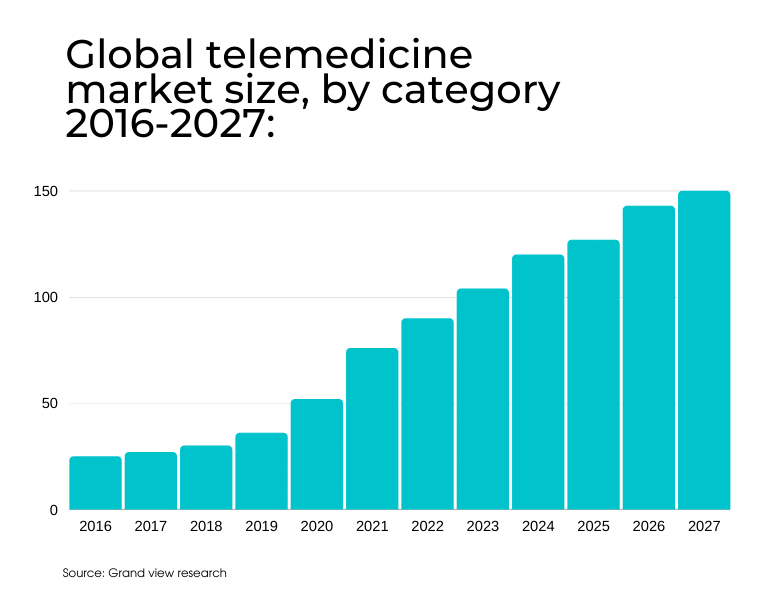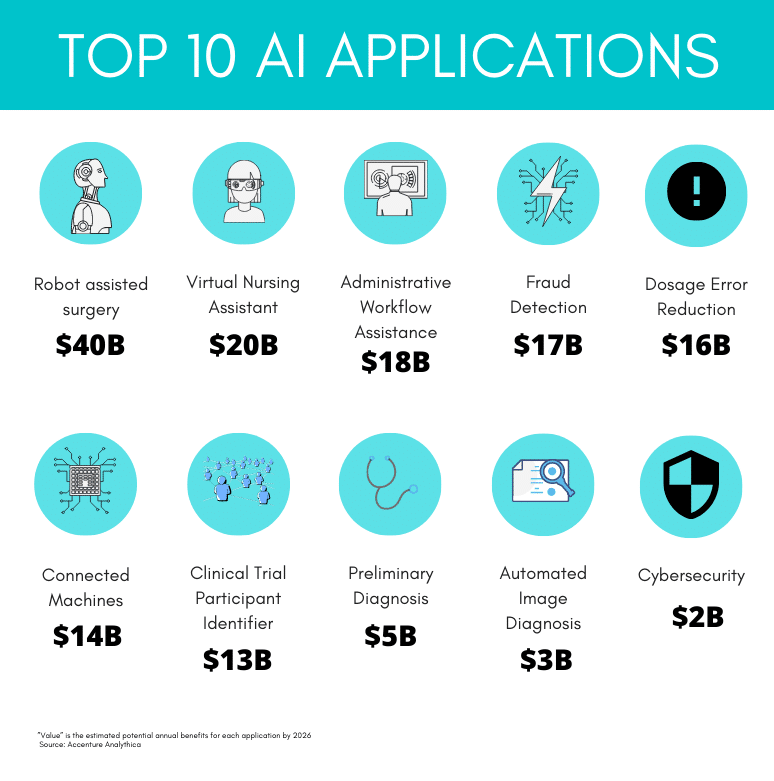COVID-19 and the Future of Software Development Outsourcing
November 3rd, 2020
Since the start of the COVID-19 pandemic, the world’s businesses have become increasingly open to the idea of software development outsourcing. In many cases, companies have had to embrace outsourcing out of necessity. In others, the pandemic has merely demonstrated the potential of a remote workforce. Anyway, the world situation now shows us that it is no longer necessary to stay in the same office to work effectively.
Moreover, be it outsourced or not, businesses are more aware than ever of the importance of having a reliable IT partner and a software infrastructure that can stand up to the demands of such a crisis.

If you’re interested in the topic check our latest article about how does remote software developers work during the COVID 19.
The greatest demand for software development outsourcing due to the lockdown.
IT outsourcing is nothing new. However, this year we see increased levels of demand because these companies already proficient in remote working and handling remote teams. They went remote before it becomes mainstream. In fact, it has been on the uptrend for several decades now. This is due to several distinct, inarguable benefits, including:
- Significant cost reduction
- Instant access to a worldwide pool of talent
- Easy scalability
- Improved security practices
The Pandemic, Cloud Development, and SaaS
Since the start of the COVID-19 pandemic, the increased need for businesses to provide support to their new remote workforce has led to massive growth in cloud-based solutions. In fact, the global market for cloud technology is estimated to grow by $62 billion in a few short years. This skyrocketing demand has only increased the need for digital payments, OTT streaming services, and e-commerce options. Simultaneously, the fact that so many people are working remotely has raised the question of cybersecurity and sparked the development of more innovative, cutting-edge solutions to keep data safe.
Currently, the SaaS (Software as a Service) market is projected to make up the majority of the cloud industry customers. Of course, as COVID-19 cases rise, cloud software solutions risk substantial losses while manufacturing, retail, and consumer goods have largely been put on hold. At the same time, many organizations are reevaluating their priorities, utilizing cloud-based automation, and using cloud platforms to develop e-commerce websites. Not only does this help them grow their digital footprint, but it can decrease the impact COVID-19 has on profits, operational efficiency, and productivity.
Ultimately, it seems that the overall growth of SaaS might be sensibly impacted by verticals like logistics, manufacturing, and transportation. And since such verticals’ adoption of cloud technology is less than that of others, it’s fair to assume that COVID-19 will cause significant disruptions. This would, in the end, moderately reduce the short-term growth of the SaaS solutions market.

Curiously, the global cloud market is also reporting higher investments and growth in the healthcare segment. As healthcare systems were already demanding more secure and scalable cloud infrastructure to maintain and manage patient information, the COVID-19 pandemic has only accelerated demand. This means an increased need for cloud computing, a rise in the need for electronic health records, and better, more secure storage solutions due to the sheer volume of cases. This translates into many new revenue opportunities for cloud service providers.
COVID-19 and Healthcare Technology
It should come as no surprise that the COVID-19 pandemic has had a significant impact on healthcare systems worldwide. During this time, much attention was given to the digital healthcare community, which was already in a position to deal with many of the new challenges.
Despite a very slight decrease in investments during 2019, the healthcare industry has enjoyed over $17 billion in investment from venture capitalists. Simultaneously, the industry has introduced several new sectors. These include healthcare gamification, remote monitoring, healthcare robotics, patient engagement, and – of course – telehealth.
Indeed, the latter has been introduced and / or expanded by numerous hospitals in both developed and developing countries. With the pandemic making in-person contact more difficult than ever, having a telehealth option allows providers to:
- Reach more patients and expand access to quality care
- Dramatically reduce the number of no-show appointments
- Minimize non-emergency visits at a vital time
- Generally, improve healthcare quality
- Maximize efficiency
Recent estimates predict that the global telehealth market, which was valued at $41.4 billion in 2019, should reach a compound annual growth rate of 15.1% between 2020 and 2027.

AI and the Healthcare Industry
Lowering healthcare software development costs has become a primary concern across the world. Simultaneously, there has always been an interest in minimizing human error as it applies to medical diagnosis and treatment. As technology continues to advance, AI-based solutions are being integrated into healthcare at a rapid rate. Currently, this $2.5 billion market is expected to hit $36 billion by the year 2025.
Indeed, many sources predict that the use of AI, Machine Learning, and Neuro-linguistic programming will increase dramatically in the coming years. For the healthcare industry, these rapidly-developing technologies will have numerous exciting applications, including:
- Robotics-Assisted surgery
- Virtual nursing assistance
- Early disease diagnosis
- Workflow assistance and other administrative aid
- A reduction in dosage-related errors
- The identification of clinical trial participants
Having analyzed the most common ways healthcare is utilizing AI, it’s not difficult to draw predictions about its further adoption. This is especially true of Robot-assisted surgery, virtual nursing, and administrative workflow – the applications that currently have the highest value potential.

Fintech development and COVID-19
Since the very beginning of the COVID-19 pandemic, there has been an increased demand for cashless payment options, digital identification, and other systems that minimize human contact. For this reason, it’s fair to assume that Fintechs that primarily offer digital banking solutions will see a marked increase in revenue.
Simultaneously, the fact that consumers will be using mobile devices at an increased rate is sure to encourage many banks and credit card companies to join with Fintech providers. This will allow the former to keep up with what will surely be a rapid rate of innovation.
Another boon to the Fintech industry might come in the form of reduced regulations from organizations and governments looking to spur post-pandemic economic growth. This would surely allow the sector to expand much faster than anticipated. Indeed, the global Fintech market is already projected to grow by nearly 20% in the next five years, with an expected valuation of $305 billion by the end of 2025.
Regardless of the pandemic, the high rate of investment in the Fintech industry by banks and other firms was already reaching a fever pitch. Combined with the fact that the financial services industry is already being reshaped by APIs and infrastructure-based technology, the market was already predicting stellar growth.
The Post-COVID World: the Majority of Companies and Enterprises Worldwide will Outsource Software Development.
With the skyrocketing adoption of digital payments, OTT streaming services, and e-commerce options due to the worldwide pandemic, the demand for cloud solutions is practically guaranteed to rise. This will, in turn, lead to an increased need for cybersecurity solutions, as more people work, play, and communicate remotely.
Since the start of the outbreak, the demand for digital healthcare services has spiked dramatically. These include everything from telemedical home care to in-home video appointments for at-risk individuals. Though this was already a market projected to enjoy significant growth, COVID may have given its development a real shot in the arm.
At the same time, IT vendors must keep an eye on healthcare-related trends. These could be anything from increased demand for disease detection via AI to help with clinical trials, distributing disease information, etc.
With COVID-19 affecting many aspects of the software landscape, the IoT (Internet of Things) may become a widely-utilized technology among businesses looking to engage with their customers. This is further backed up by the prediction that blockchain will soon make its way into common business processes, a trend we’ve already seen with Microsoft, IBM, Amazon, and Facebook.
Choose KITRUM as Your Outsourcing Software Development Partner:
We’ll handpick the right candidates for you
20k+ candidates were interviewed by us for our clients and we know how to make a truly perfect fit both technically and culturally when you ramp up a team for you.
We are doers not talkers
Since 2014 we’ve helped 50+ tech companies worldwide to setup scalable process of growing their tech teams with top-tier folks;
Your team will be composed of the best developers
In Ukraine, we are among the TOP 3 IT employers, which means developers like hearing from us so they want to become your dedicated remote team members.








